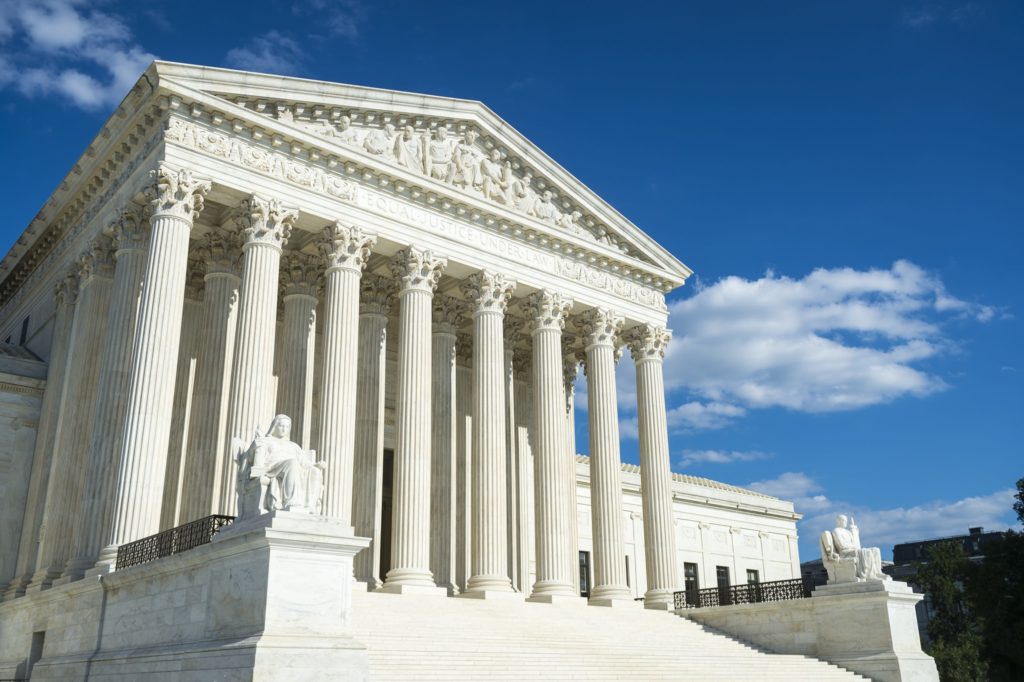Credit unions should focus on the middle class
As the 2016 presidential and congressional elections draw nearer, credit unions and their representatives undoubtedly will be meeting with any number of potential candidates for office. For those conversations to be as productive as possible, it behooves the industry to focus on the market they most naturally and effectively serve: the middle class.
Middle-income Americans, which is to say those with household incomes between $40,000 and $150,000, already like credit unions. Harris and Gallup polls, as well as those conducted by the industry, show that segment of the American population prefers credit unions to banks. More than 85 percent report they trust credit unions.
Studies from bankrate.com and similar services also show that many credit union products simply offer better value for middle-class customers, who also happen to be more likely than the wealthy to put the bulk of their savings in depository institutions, rather than in the markets.
This shouldn’t be surprising. It’s long been true that credit unions’ sweet spots are found in free checking (share draft) accounts and automobile loans, two products aimed squarely at the middle-class market. The so-called “supersavers” – conservative investors who put aside more than 15 percent of their income – also tend to come from the ranks of the middle class, representing a natural market for credit union share certificates and the higher interest rates they offer.
By contrast, the wealthy have access to money-market accounts and often buy their cars in cash. At the other end of the market, the working poor may not have sufficiently consistent income streams to allow them to maintain checking accounts. Many can’t afford cars at all.
The upscale market may present a tempting target for some credit union managers, but few will do well by heading in that direction. Some credit unions may offer loans to help members buy yachts, something my credit union offered me, and of course there shouldn’t be any legal prohibitions against doing so. Others might offer sophisticated financial advice through credit union service organizations or set up shop in the ritziest neighborhoods. But rare is the credit union that will find a competitive advantage in going head-to-head with globe-spanning banks and investment firms in an effort to secure a well-heeled clientele.
Likewise, while helping the poor and underserved is a key mission of the credit union movement, it’s quite difficult to make a sustainable business serving that market alone. We’ve seen what it looks like when financial institutions focus intently on working with the down-and-out, and the results tend to be predatory loans and usurious rates. Not only are such products inconsistent with federal and state rules for credit unions, but they also violate the very spirit of a democratic member-driven cooperative.
Credit unions that are successful in developing new programs to assist those of modest means or in doing away with field of membership restrictions that keep credit unions out of underserved areas should certainly be commended. But such efforts can’t be the whole of the story, either financially or politically.
Unique among financial services providers, credit unions can put forth messages both of cooperative business, which appeals to the left, and of voluntary free enterprise, which appeals to the right. To best advance those messages in the political arena, credit unions need a new political strategy that emphasizes what they can do for middle-class families.
This might require putting slightly less emphasis on some regulatory changes that long have ranked high on the industry’s agenda. Most families never need a small business loan, for instance. But the more successful credit unions are in associating their movement with solid, working, voting Americans, the greater the dividends will be in getting candidates elected who are willing to listen to the industry’s concerns.







